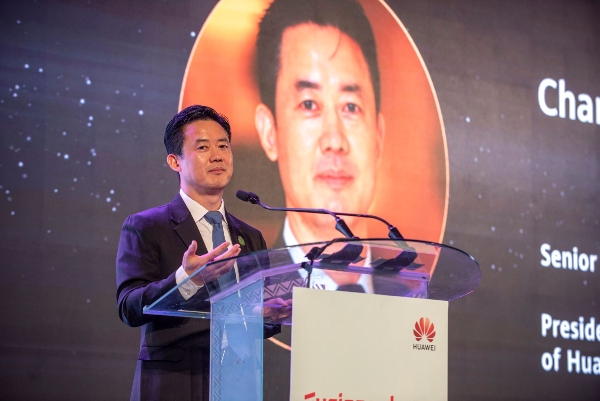Huawei Kenya has its sights on the light manufacturing industries with a new energy intervention designed to cut electricity costs and stabilize energy usage. The light industry refers to a range of industrial sub-sectors, including food processing, textiles and machinery with less demanding energy needs compared to heavy industries such as steelmaking and chemical production plants.
Speaking during the Fusion Solar Partner Summit in Nairobi, Charles Yang, Huawei Digital Power President for Global Marketing and Sales Services, said that the firm had developed the Luna 200 2.0 MWH Smart String Energy Storage System (ESS) that incorporates fire, electrical, structural, and artificial-intelligence-based safety features in response to a strong need from light manufacturing industries. An Energy storage system (ESS) is a device that stores electrical energy. It can power electrical grids, support the grid’s reliability, and keep excess electricity for later use.
“There is a global trend towards batteries for businesses and national grids, caused by reduced battery prices, increased fuel prices and the drive for decarbonization. Indeed, the more solar and wind energy we use, the greater the need for reliable batteries,”
Said Yang. He noted that Huawei has named the new energy storage products “Smart String Energy Storage System” because they have battery optimizers at the pack level that delivers up to 15% more usable electricity, contain enhanced safety features, have better monitoring and promise decreased downtime.
The new solution suits Kenya’s light manufacturing industries, which have registered remarkable growth in energy needs in recent years. Between 2010 and 2015, the number of Small and Medium Enterprises (SMEs) connected to the national electricity grid increased by over 60%.
Huawei roots for more innovation to deepen 5G uptake
Many light manufacturers are shifting to solar energy as grid electricity costs escalate and supply remains intermittent. Starting at a modest 3 MW in 2012, Kenya’s solar capacity increased to 7 MW in 2013 and further surged to 16 MW in 2014. The following years showed a steady upward trend, reaching 30 MW in 2015 and 31 MW in 2016. The capacity in 2017 was 38 MW, then rose to 105 MW in 2018. From 2019 to 2020, the power remained relatively stable at around 106 MW. However, in 2021, it substantially increased to 147 MW, then significantly rose to 169.2 MW by 2022.
“Luna 200 offers up to 50% longer life span as the independent air conditioners keep the temperature in the cabinet within 3 degrees of 25 Celsius. Temperature is a big contributor to a shorter battery lifespan,”
Said Yang.
It also provides an uninterruptable power supply to manufacturing and automotive production industries. Huawei’s solution is designed with multiple layers of safety protection. Furthermore, fire safety is critical by incorporating humidity, temperature, and smoke sensors that detect and automatically exhaust a flammable gas. A substance is then released to extinguish any potential fire.
“At a large-scale manufacturing plant, for example, a power shutdown or breakdown in the supply of monitoring/control information can have a disastrous effect on productivity which ultimately could impact a business’s bottom line”
They explained to Yang. Thus, adopting energy storage systems is crucial in transitioning to sustainable energy sources. Energy storage solutions represent a promising advancement since they store energy during off-peak hours for later use when needed.








